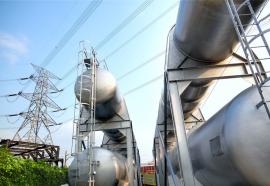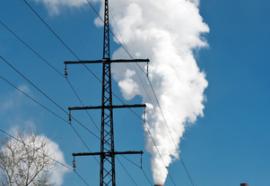Defying the Odds
Virginia brings a new coal-fired plant online.
Reports of coal’s demise are exaggerated. This summer, Dominion cleared the regulatory gauntlet to start up a new coal plant. Whether the example can be replicated might hinge on state incentives—and the forward price of natural gas.











